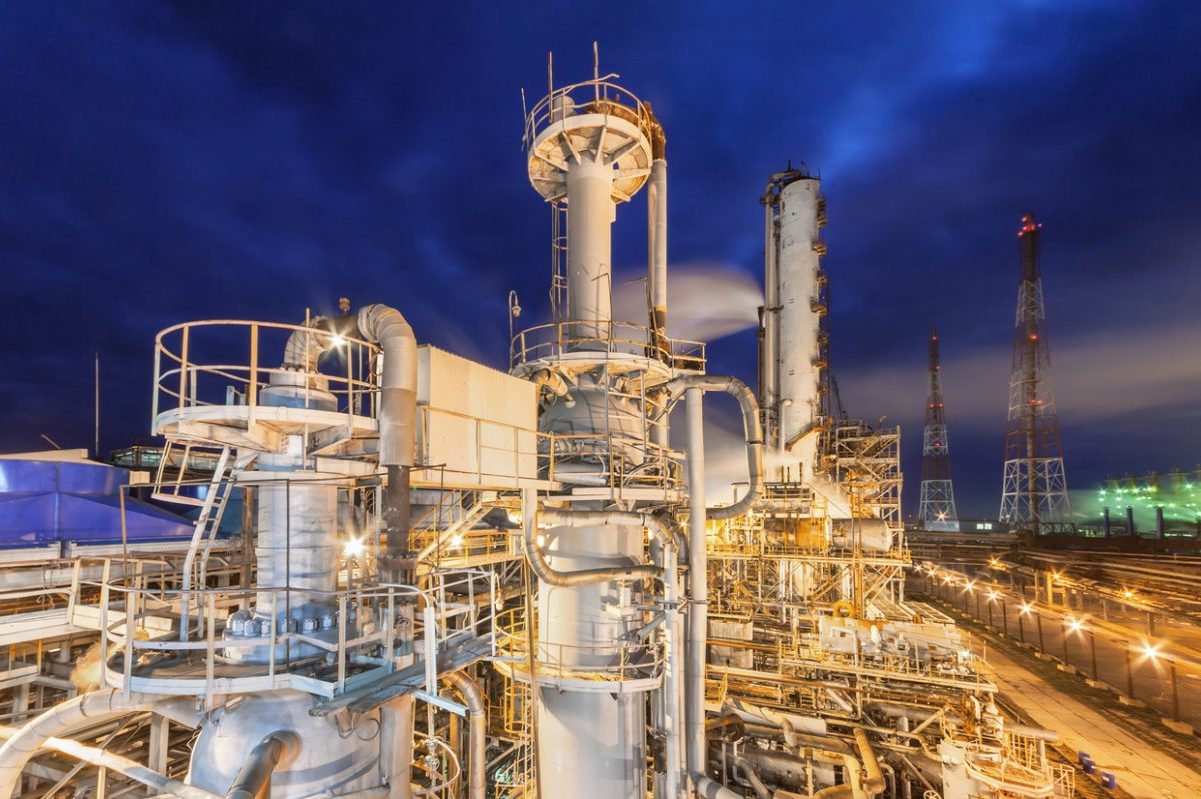Catalysts under development by U.S. researchers could produce the raw material important for the chemical industry more efficiently.
Ammonia is essential for numerous products in modern life. The compound of nitrogen and hydrogen is primarily used to produce fertilizers, but also plastics, medicines, cleaning agents, food, and refrigerants. The gas is also considered important for the energy and transportation transition, as it could serve as a carrier medium for green hydrogen or directly as a climate-friendly fuel, especially for ships but also cars. Analysts expect the ammonia market to triple by 2050, mainly due to rising demand in these green sectors.
However, this will require new environmentally friendly production methods. The current industry standard is almost 120 years old and not very energy efficient, as it requires high temperatures and pressures. In the so-called Haber-Bosch process, ammonia is synthesized from molecular nitrogen through a reaction with hydrogen gas using metal-based catalysts. Scientists at the U.S. Department of Energy’s Lawrence Berkeley National Laboratory have now discovered that ammonia can be produced at room temperature and under ambient pressure if catalysts made of rare earths are used.
Rare Earths Offer New Possibilities for Catalysts
A surprising discovery, according to lead scientist Polly Arnold. Although it has been known since the 1990s that rare earths can bind molecular nitrogen, this knowledge could not previously be used to produce chemicals such as ammonia. The newly developed catalysts can activate and retain nitrogen, while reagents such as potassium are added and react to form different products, explains Arnold. Rare earth metals expand the arsenal of potential catalysts for ambient conditions. These raw materials are comparatively common on earth, and their salts are less toxic than other metals used in catalysis, says Anthony Wong, lead author of the study published in Chem Catalysis, listing further advantages.
The researchers now want to optimize their method, which has already been patented, to synthesize other nitrogen-containing products with the help of rare earths; using renewable energies is also possible. According to Arnold, the goal is not to replace the widely used Haber-Bosch process. Instead, the aim is to achieve greater energy efficiency and safety, reduce production costs, and ultimately improve food security.
Read more: In September 2022, we reported on another catalysis process that could make large-scale industrial processes significantly cheaper and more energy efficient. Here, too, critical raw materials – gallium and platinum – play a decisive role.
Photo: iStock/saoirse_2010


